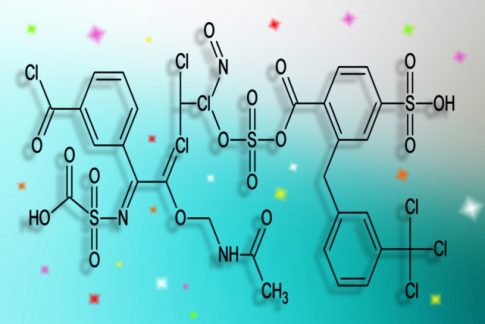AGA (male pattern baldness) is a disease with significant genetic factors that are strongly influenced by family history. The relationship between AGA and family genetics is described in detail below.
Influence of family heredity
- Inherited from parents:
- The inheritance of AGA is multifactorial and involves multiple genes. In particular, the androgen receptor (AR) gene located on the X chromosome plays an important role.
- Maternal family history significantly affects the risk of developing AGA because it is related to the X chromosome, which is inherited from the mother.
- If the father has AGA, the risk of inheritance is similarly increased.
- Family History:
- If there are many men with AGA in a family, the men in that family are also at high risk of developing AGA.
- This is especially true if the father, maternal grandfather, or uncle has a history of AGA.
- Genetic Patterns:
- The inheritance of AGA is multifactorial, meaning that not only a single gene, but multiple genes interact to contribute to its development.
- The major genes involved are the androgen receptor (AR) gene as well as the 5α-reductase gene.
Genetic Mechanisms
- Androgen receptor (AR) gene:
- This gene plays an important role in the action of male hormones (androgens) on hair follicles.
- The mutation makes hair follicles more sensitive to DHT (dihydrotestosterone), causing them to shrink and hair to thin.
- 5-alpha-reductase gene:
- This gene encodes an enzyme that converts testosterone to DHT.
- High activity of this enzyme increases DHT production and its effect on hair follicles.
Family History Assessment
- Genetic Counseling:
- If there is a family history of AGA, genetic counseling is available to assess risk.
- Professional counseling is available to provide advice on the risks of developing AGA, preventive measures, and treatment options.
- Genetic Testing:
- Some medical and research institutions offer genetic testing to assess the risk of AGA.
- Genetic testing can provide advance knowledge of one’s AGA risk, but it is difficult to make definitive predictions because environmental factors as well as genes affect the risk.
Prevention and Countermeasures
- Early detection and treatment:
- If there is a family history of AGA, it is important to see a specialist at an early stage and begin appropriate treatment.
- Oral (finasteride, dutasteride) and topical (minoxidil) medications can slow the progression of symptoms.
- Lifestyle Improvements:
- Lifestyle modifications such as a healthy diet, moderate exercise, and stress management can also help slow the progression of AGA.
Summary
AGA is a disease strongly influenced by family genetics, and a family history of AGA increases the risk of developing the disease. Since the disease is caused by the interaction of genetic and environmental factors, early countermeasures and appropriate treatment are important. It is recommended that you consult with a specialist to select the prevention and treatment that is right for you.









